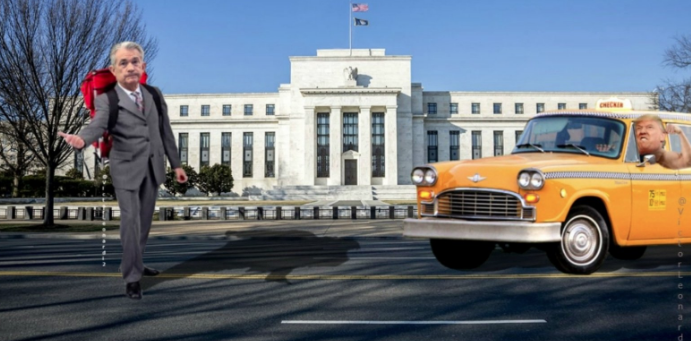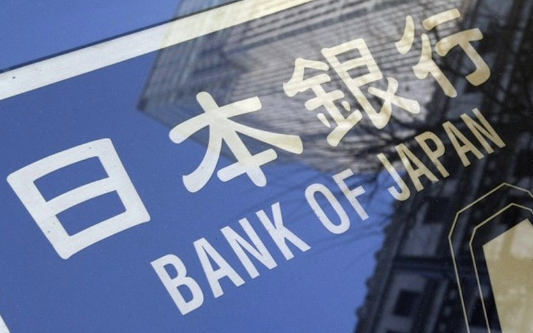
Found this buried in the Federal Reseve notes of December 1918..


 Also, the RBA did not signal further rate cuts which is why we saw Australian Bond Yields rise on the interest rate decision as well as some strength for the AUD.
Also, the RBA did not signal further rate cuts which is why we saw Australian Bond Yields rise on the interest rate decision as well as some strength for the AUD.

“Australia’s Central Bank cut interest rates and stated it will most likely further ease in order to make up for China’s Coronavirus situation and slowdown. They reduced to 0.5%, a record low. Other countries are doing the same thing, if not more so. Our Federal Reserve has us paying higher rates than many others, when we should be paying less. Tough on our exporters and puts the USA at a competitive disadvantage. Must be the other way around. Should ease and cut rate big. Jerome Powell led Federal Reserve has called it wrong from day one. Sad!”

The central bank offered to buy ¥500 billion worth of Japanese government debt via repo operations but only ¥150 billion was taken up.

Japanese stocks are closing at the lows for the day with early gains in the equities space also being pared as we look towards European trading. The Hang Seng is up by just 0.2% now with the Shanghai Composite up by 0.6% currently, way off earlier highs.

Losers on the day include: